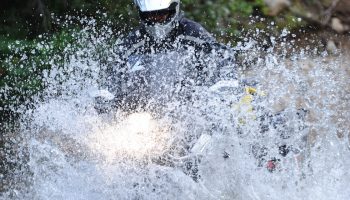Understanding ADV Motorcycle Tires
By Ron Lieback
Photos by Donni Reddington
Let’s give the ADV tire engineers a break. These fine individuals are tasked with one of the most difficult jobs in the two-wheel industry: creating safe and sticky tires that don’t work in not just one, but all conditions.
Take a second to think about what is required to build a successful adventure motorcycle tire. These rubber shoes must have enough grip to conquer canyon twisties, but enough tread to slay muddy back roads.
The compound has got to be soft enough to conform to the roads, but hard enough to survive cross-country adventures.
Oh, and they must be offered at a price that the market is willing to pay. As you see, it’s a tough gig in the ADV tire industry.
Because of the several (and not always the same) needs of ADV riders, engineers have developed various types of tires for your adventure motorcycle. The thing is, it’s a game of giving and take for the consumers. One option may perform better for road riding, while another is superb off-road.
There’s selection, and understanding which you need is vital to successful adventuring.
Here, we will jump into the options the market has to offer, and how to choose the proper tire for your riding.
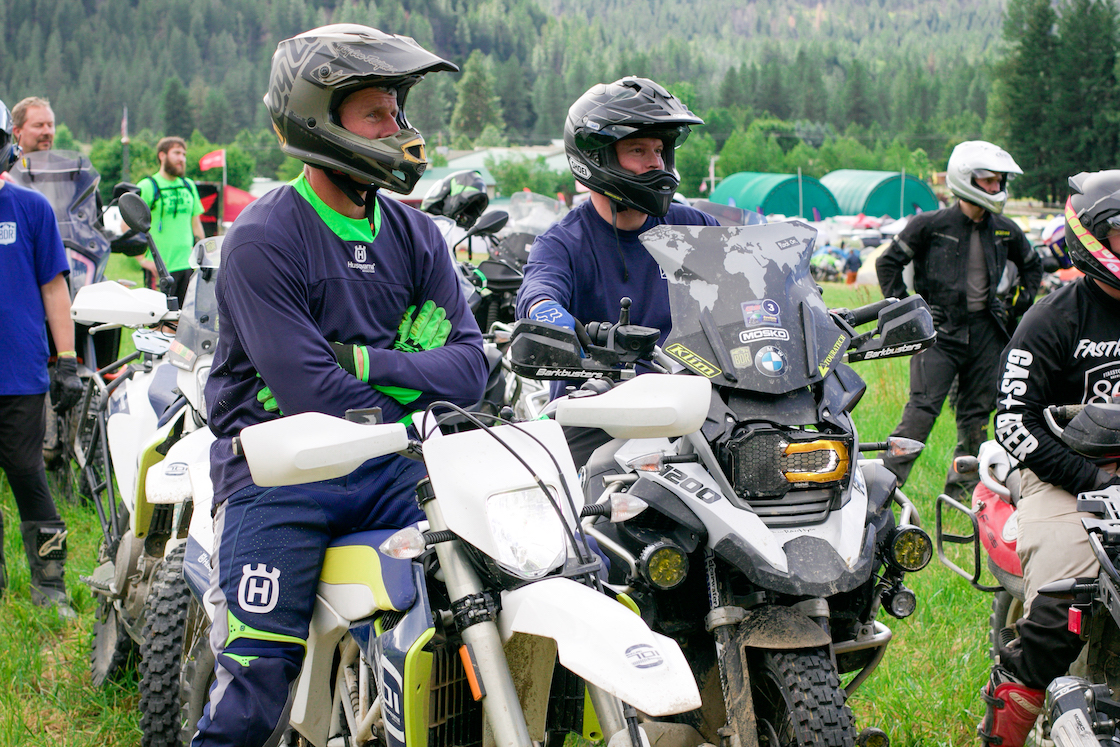
Understanding What You Need from an ADV Tire
There is no one perfect ADV tire on the market, plain and simple. Every adventure rider has his or her own idea of how and where their motorcycle should be ridden, and therefore tire choice will vary.
Think of it like this—if you plan on spending the majority if not all your riding time touring the asphalt roads across the country, the last thing you’d want is a deep set of knobbys. On the flip side, if tackling deep sand and mud is your jam, it’s best that you skip on a tire that only uses light tread.
How do you determine the amount of tread/knobby ratio that is correct for you? Following are the most common ratios below.
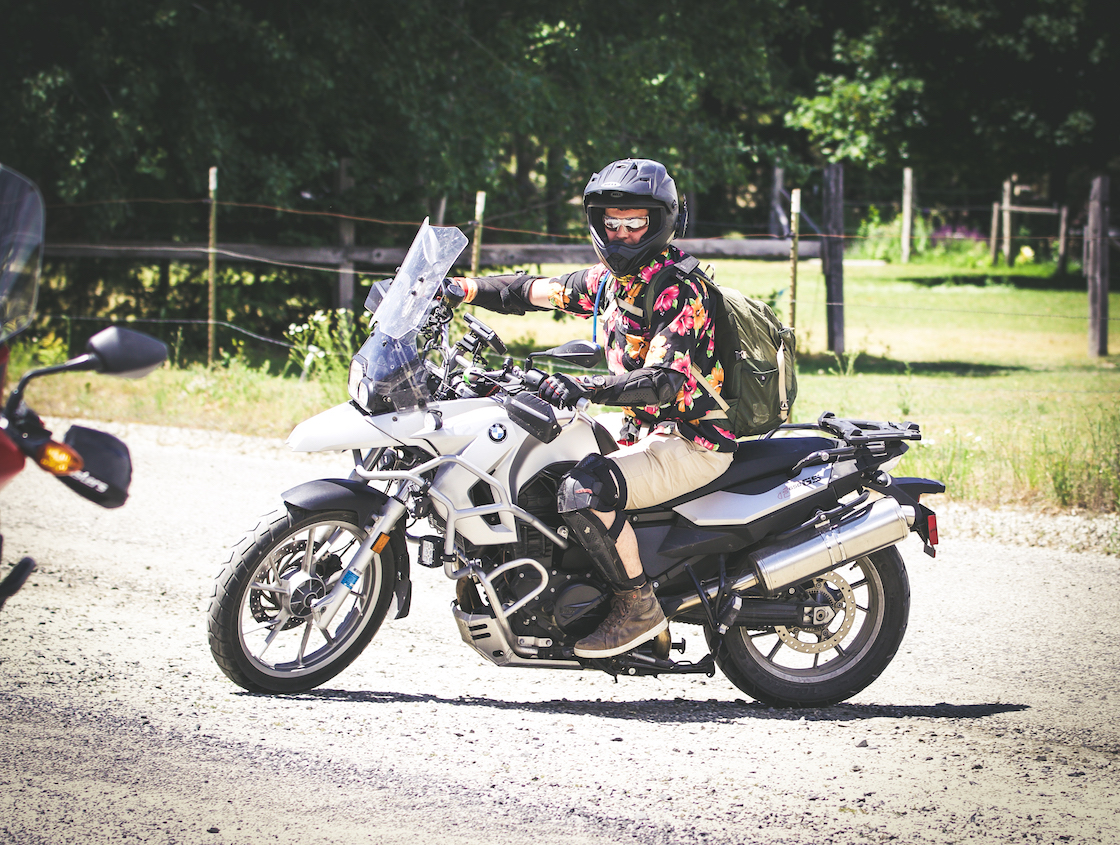
80% Street / 20% Dirt
As the category suggests, this type of tires put emphasis on on-road performance. Why exactly? 80/20 tires are designed with minimal tread, which promotes a high level of stability and grip in a variety of conditions you’ll find on the asphalt. Because of the lack of knobby, they’ll also roll smoother with less noise and vibration.
Want to tackle a moderate dirt section? 80/20s will be up to the task as long as you treat your riding inputs with respect. A handful of throttle or brake will cause the tire to break traction and put you on the ground. Deep sand, mud, or gravel will cause issues as well due to the lack of tread.
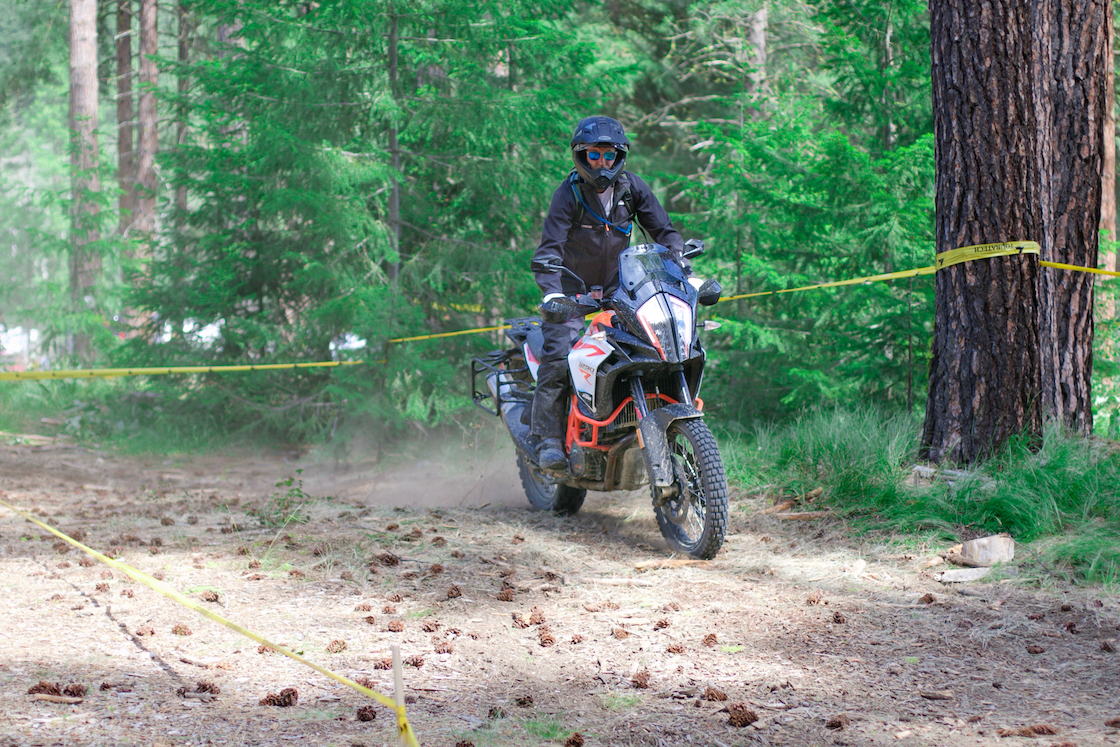
50% Street / 50% Dirt
Designed to be the most versatile tires in the ADV market, 50/50 tires put equal emphasis on road and off-road performance. These have a considerable amount of tread, which will do an adequate job providing grip on both wet and dry asphalt.
That tread will go a long way in off-road performance too, with these tires possessing the capability to tackle moderate backroads with confidence. Consider them the jack of all trades.
It’s important to understand that just because 50/50 tires split on- and off-road performance equally, they aren’t the perfect adventure tire for everyone.
They will still suffer on dirt sections in comparison to off-road oriented tires, and likely wear out quicker than pure road tires. That said, these are a great choice if you’re looking for comfortable (but not superb) performance on and off-road.
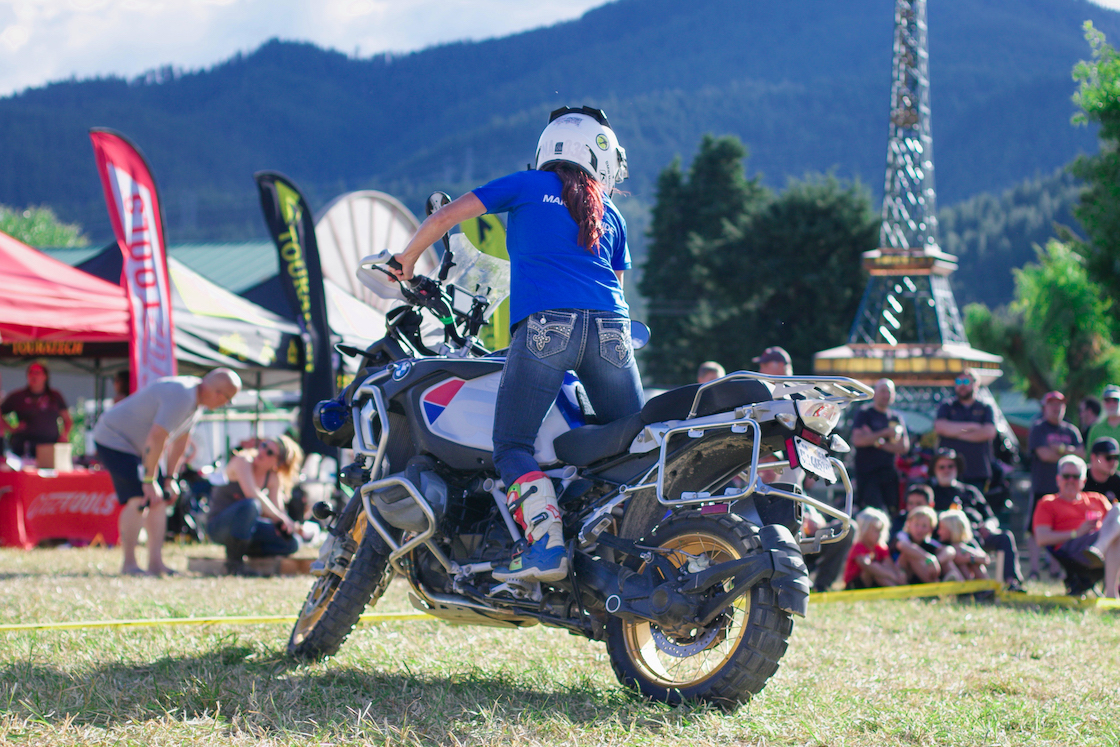
40% Street / 60% Dirt
Similar in appearance to 50/50 tires, the 40/60s offer slightly more performance on the dirt thanks to sharper knobby edges, deeper tread, and often times softer rubber compounds. The off-road focus here will go a long way in performing in softer, deeper, loamier dirt; meaning you can take your backcountry ride a little bit further.
With that extra off-road emphasis, these tires will lose some of their performance on the asphalt. For example, these will produce more vibration, provide less feedback on twisty roads, and wear out sooner than 50/50s or 80/20s.

20% Street/ 80% Dirt
Ah, finally an aggressive knobby! 20/80s are designed with aggressive tread patterns and sharp knobby capable of handling technical off-road conditions. These are generally known as well-performing off-road tires that won’t get you into too much trouble on the road. They will, however, continue to wear out sooner than the tires listed above.
10% Street / 90% Dirt
Attention hardcore off-roaders, 10/90 tires are the choice for you. Large knobs mean second-to-none off-road capabilities—especially in heavy mud and sand—and can mean the difference between keeping your bike upright and sliding down the trail when things treacherous.
On the contrary, the on-road performance of 10/90 tires is lackluster in comparison to previous options. These are designed primarily for riders who do short stints of asphalt riding only to connect trail networks.
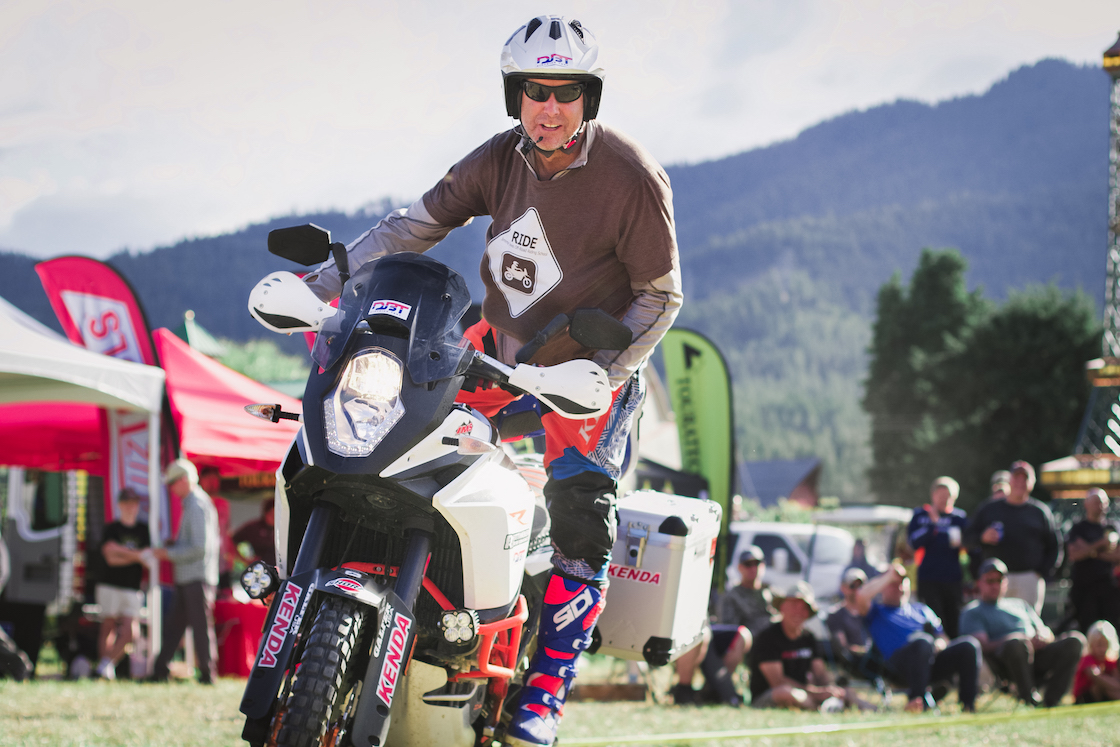
Choosing ADV Tire Compounds
If you’ve been in the market for motorcycle tires before, you’ve most likely seen various options of rubber compounds. But what exactly do they mean and how do they affect the tire’s performance? Again, it’s a tradeoff between grip and longevity.
Soft compounds are highly beneficial in providing better grip but are subject to quick wear. Harder compounds are the opposite. Tire constructed with a harder compound won’t stick as well as their competitors but will do a better job handling big miles.
Choosing between compounds comes down to understanding what you need of a tire. If trotting the globe on a single set of shoes is your goal, choose a hard compound. Need extra stick tires for technical riding? Soft compounds are the answer.
Tire Pressure – It’s Vital
Regardless of the tire, you decide to purchase, always remember to set the tire pressure to the manufacturers recommended setting.
Various constructions, compounds, and sizes warrant different tire pressures, and skewing too far away from the recommended pressures can compromise performance and safety.
